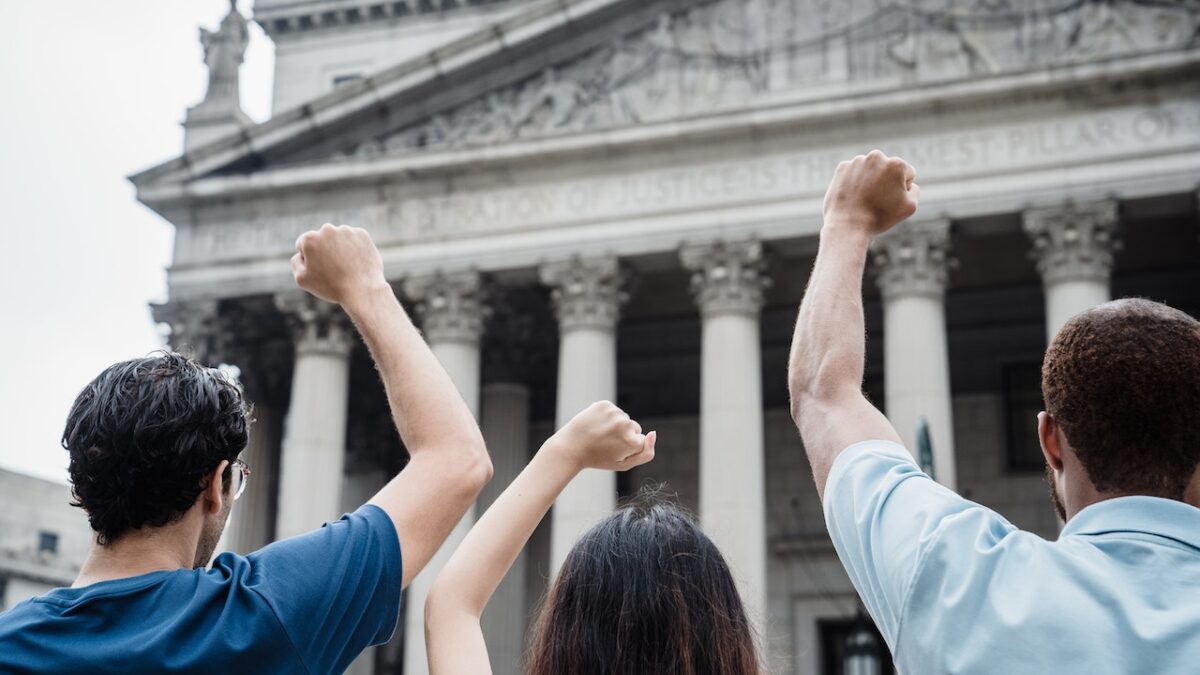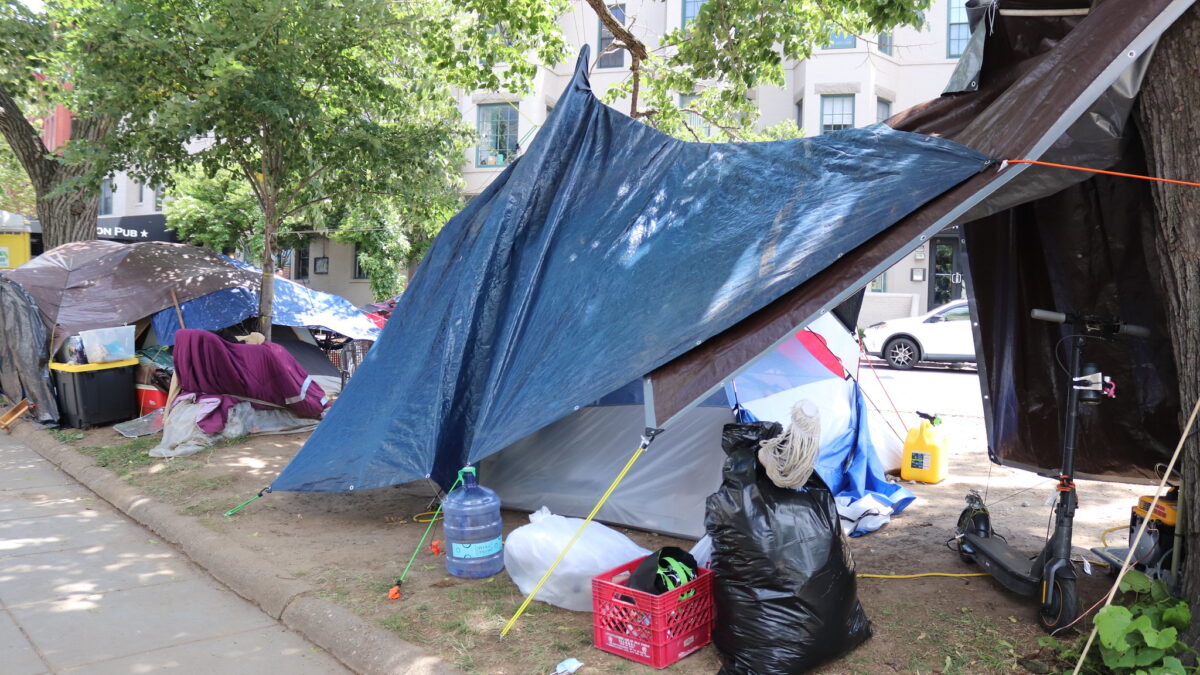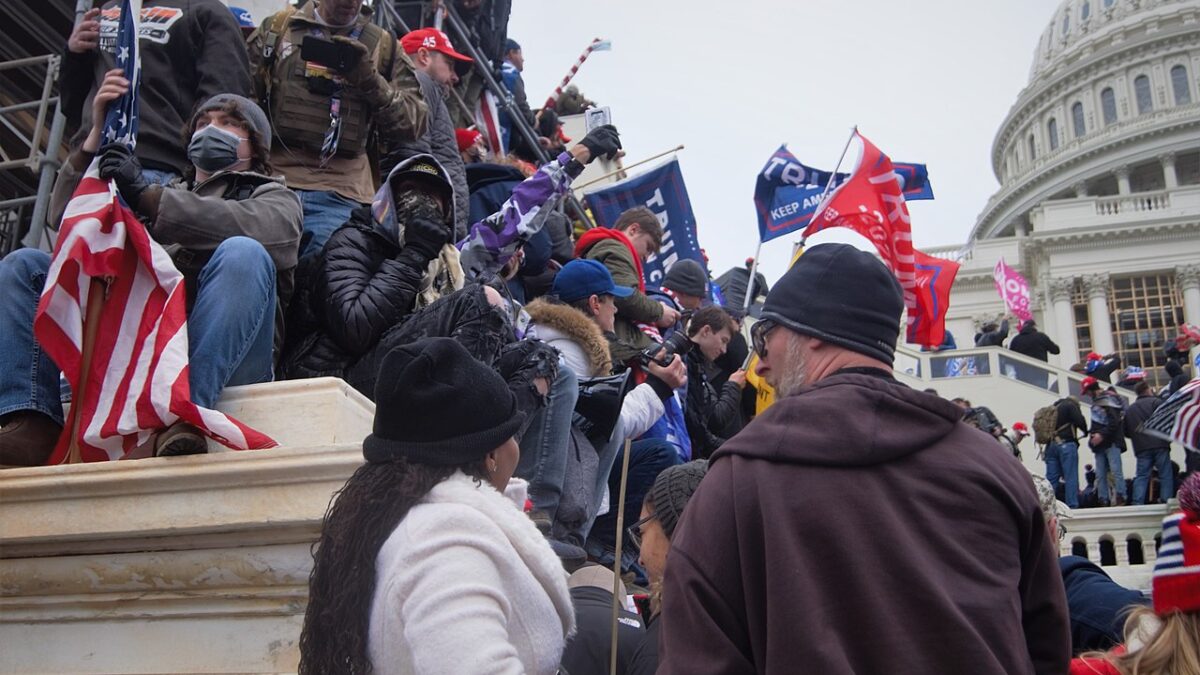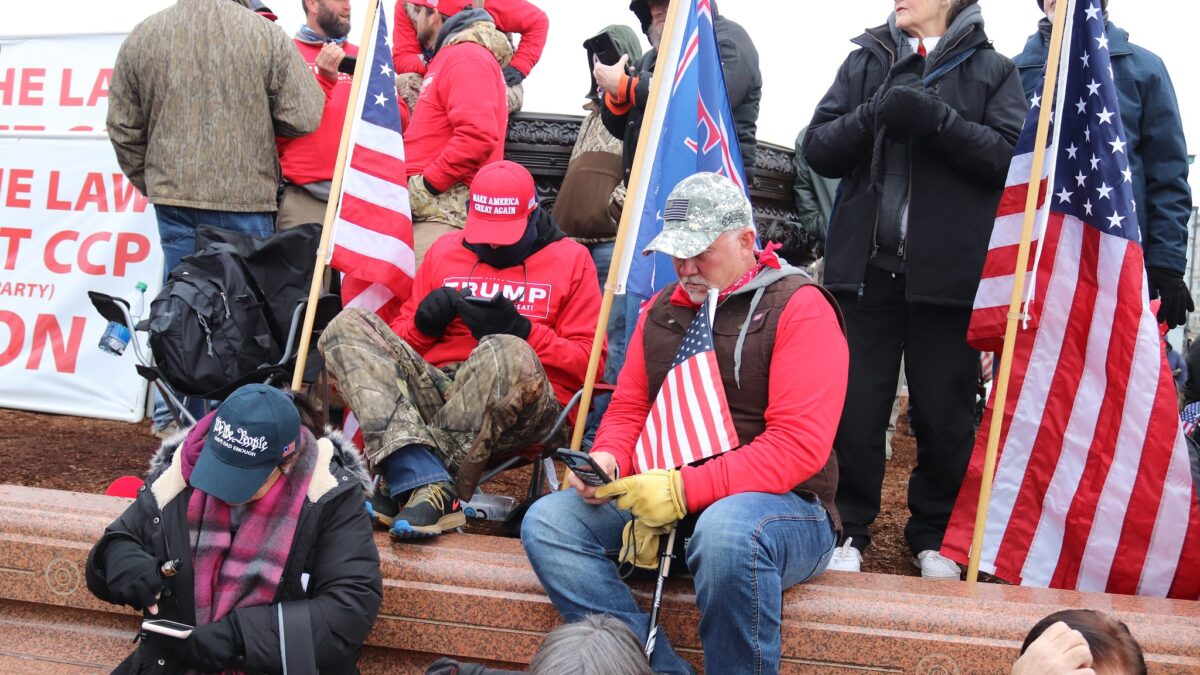The marshal of the United States Supreme Court interviewed all nine justices as part of her investigation into the leak of the Dobbs draft opinion, she confirmed on Friday. Marshal Gail Curley’s belated statement followed a flurry of concerns raised by reporters who noted that the detailed 20-page report on the leak failed to mention any investigative efforts focused on the justices. While Curley’s clarification is helpful, further transparency and more rigor are needed.
Last Thursday, the high court issued a statement along with Curley’s report that followed the eight-month investigation into the leak of the draft opinion destined to overturn Roe v. Wade. Politico published that draft on May 2, 2022, reporting that a majority of the justices in Dobbs v. Jackson Women’s Health had “voted to strike down the landmark Roe v. Wade decision…”
“The draft opinion is a full-throated, unflinching repudiation of the 1973 decision which guaranteed federal constitutional protections of abortion rights and a subsequent 1992 decision — Planned Parenthood v. Casey — that largely maintained the right,” Politico wrote, quoting from the draft opinion Justice Samuel Alito’s pronouncement that “Roe was egregiously wrong from the start.”
In response to the leak, abortion activists quickly mobilized, launching protests outside the Supreme Court and at locations throughout the country. But in addition to these legal demonstrations, abortion apologists illegally descended on the private homes of the originalist justices, screaming vulgarities while marching through the private neighborhoods where Chief Justice John Roberts and Justices Brett Kavanaugh, Alito, and Amy Coney Barrett and their families live.
The illegal protests, which sought to intimidate the justices who were presumably prepared to sign off on the draft Dobbs opinion, eventually escalated into an attempt on Kavanaugh’s life, when a mentally unstable man appeared near the justice’s Maryland home with a gun and a knife before turning himself into police.
The leak also prompted Chief Justice Roberts to issue a statement the day after Politico published the draft opinion. After acknowledging the authenticity of the draft and stressing it did not represent the final opinion of the court, Roberts decried the “betrayal of the confidences of the Court,” which he called “a singular and egregious breach of that trust that is an affront to the Court and the community of public servants who work here.” Roberts further announced that he had directed Curley “to launch an investigation into the source of the leak.”
In its statement from last week announcing the results of Curley’s investigation, the court began by reiterating the “grave assault on the judicial process” the leak represented — something the court described as “one of the worst breaches of trust in its history.” Then, after summarizing Curley’s handling of the investigation, the court declared the investigative “team has to date been unable to identify a person responsible [for the leak] by a preponderance of the evidence.”
The court attached to its statement a public version of the marshal’s investigative summary, along with a statement issued by former Third Circuit Court of Appeals Judge and former Secretary of Homeland Security Michael Chertoff, whom Roberts had asked to independently review the investigation. Chertoff attested to the “thoroughness of the investigation” and the conclusion that there was insufficient evidence for legal action.
We Need More Transparency
While the marshal’s report indicates the team, which consisted of “seasoned attorneys and trained federal investigators with substantial experience conducting criminal, administrative and cyber investigations,” conducted a detailed probe of court employees, whether the nine justices were investigated at all was unclear until Curley clarified on Friday that she had spoken “with each of the justices on multiple occasions.”
“The Justices actively cooperated in this iterative process, asking questions and answering mine,” Curley wrote. “I followed up on all credible leads, none of which implicated the Justices or their spouses,” Curley added, stating that “on this basis, I did not believe that it was necessary to ask the Justices to sign sworn affidavits.”
The public, however, deserves full transparency and a detailed accounting, for while the leak represented “an affront to the Court,” it also shattered the country’s trust in the Supreme Court and its ability to faithfully execute its constitutional duties. And “We the People” are entitled to know whether the justices were willing to attest, under oath, to a lack of knowledge of or involvement in the leak.
According to the report, the “other personnel who had access to the draft opinion,” all “signed sworn affidavits affirming they did not disclose the draft opinion nor know anything about who did.” Similarly, the report stated that investigators collected and reviewed “all court-issued laptops and mobile devices from all personnel who had access to the draft opinion,” and requested and obtained from select employees their “call and text detail records and billing statements for their personal devices for a defined period.” These investigative steps provided nothing of relevance, according to the report.
No mention is made in either the report or Curley’s clarifying statement of her team taking similar investigative steps for the justices. If the investigation included such steps, acknowledging that fact to the public would provide some assurance of the seriousness of the investigation. Or if no such steps were taken, they should have been. Likewise, the justices should have been asked to sign an affidavit, confirming their lack of any involvement in, or knowledge of, the leak.
At least then Americans would know the justices were willing to voluntarily cooperate with the investigation and willing to declare, unequivocally, that they were not involved in the leak.
That the report is silent on the investigative efforts undertaken regarding the justices is unsettling. While efforts by the executive or legislative branches to compel a Supreme Court justice to sign an affidavit or turn over electronic devices could threaten the independence of the judiciary, the justices voluntarily agreeing to cooperate in such ways with the Supreme Court’s own marshal creates no such risk.
Moreover, what was unsettling becomes troubling when the apparently limited investigation of the justices is considered against Josh Gerstein’s coverage at Politico of the marshal’s report on the investigation:
The report acknowledges in passing that, unsurprisingly, the justices also had access to the draft. However, the report is silent on whether the nine justices on the court last term were interviewed as part of the investigation, which the court called ‘diligent’ and Chertoff described as ‘thorough.’ It’s unclear whether the court or the chief justice would have the authority to force such interviews.
While Curley’s statement has since answered Gerstein’s question, still unanswered is what further investigative steps were taken to assess any potential role by the justices in the leak. Here, the fact that Gerstein raised the issue of whether the justices were questioned proves significant because he was one of the two reporters with the byline on the Politico article that released the leaked Dobbs’ draft opinion. Presumably, then, he knew the identity of the leaker.
So by asking about whether the justices were interviewed, was Gerstein attempting to distract attention from his true source? Or did the reporter highlight the apparent void in the investigation to create the impression that the leak could not have originated from a justice, as surely, in that case, Gerstein would not have asked a Supreme Court spokesman “to clarify whether the justices or their spouses were interviewed,” as he did.
Actually, given Gerstein’s role in publishing the leak in the first instance, one would think that, to fully protect his source, Gerstein would have avoided any comment or question related to the leak investigation — that is, if it were Gerstein’s source. Everyone seemed to presume when the story broke that the source had been Gerstein’s, leading to a rampage on social media to connect Gerstein and any of the Supreme Court clerks.
But in retrospect, it seems more likely the leaker approached Politico’s Alexander Ward because why else would a national security reporter share a byline on the Supreme Court Dobbs story?
In Thursday’s report, the Supreme Court’s marshal stressed that “investigators looked closely into any connections between employees and reporters” and “especially scrutinized any contacts with anyone associated with Politico.” Here the report emphasized that the investigators “assessed the wide array of public speculation, mostly on social media, about any individual who may have disclosed the document,” focusing on the several laws clerks identified in various posts. “The investigators found nothing to substantiate any of the social media allegations regarding the disclosures,” the report concluded.
The social media posts focused heavily on clerks connected to Gerstein. Presumably, though, experienced investigators would have focused equally on any connection between court personnel and Ward, and not overlooked Ward because public speculation rested mainly on Gerstein. But, even then, maybe the connection was between a justice or his or her spouse and Ward or Gerstein. But did the marshal’s team investigate that possibility? From the report, the answer appears to be no.
It’s Time for More Rigor
It is not too late, however, to run down such connections, as Curley stressed that “to the extent that additional investigation yields new evidence or leads, the investigators will pursue them.”
The investigators should also pursue another tool they appeared to have ignored, given the details discussed in last week’s report: geolocation data.
Obtaining any available geolocation data for those with access to the draft Dobbs opinion over a span of a few months before and after the leak should help isolate any atypical areas to which they traveled — something one would expect in the case of a leaker meeting a reporter to hand off a physical copy of the draft opinion, which, from the investigative report, appears the most likely scenario for how Politico obtained the draft. Likewise, geolocation data could show that an individual traveled to an out-of-the-way place but then remained there for only a short period of time, again something consistent with meeting a reporter to hand off the stolen opinion.
From there, investigators could seek from Google any cell phone location data of individuals located within the same area and determine if those cell phones connected to anyone at Politico. Or the marshal’s investigative team could look for anyone who deleted location data in the relevant time period. Reviewing available footage from security cameras located in suspicious areas may also turn up some results.
After all, the feds did this and more to identify any individuals located near the Capitol complex on Jan. 6, 2021, whether they had any reason to believe they had broken the law, as opposed to merely peacefully protesting. Of course, there the government wanted to find the “bad guys” — here, maybe not so much.









